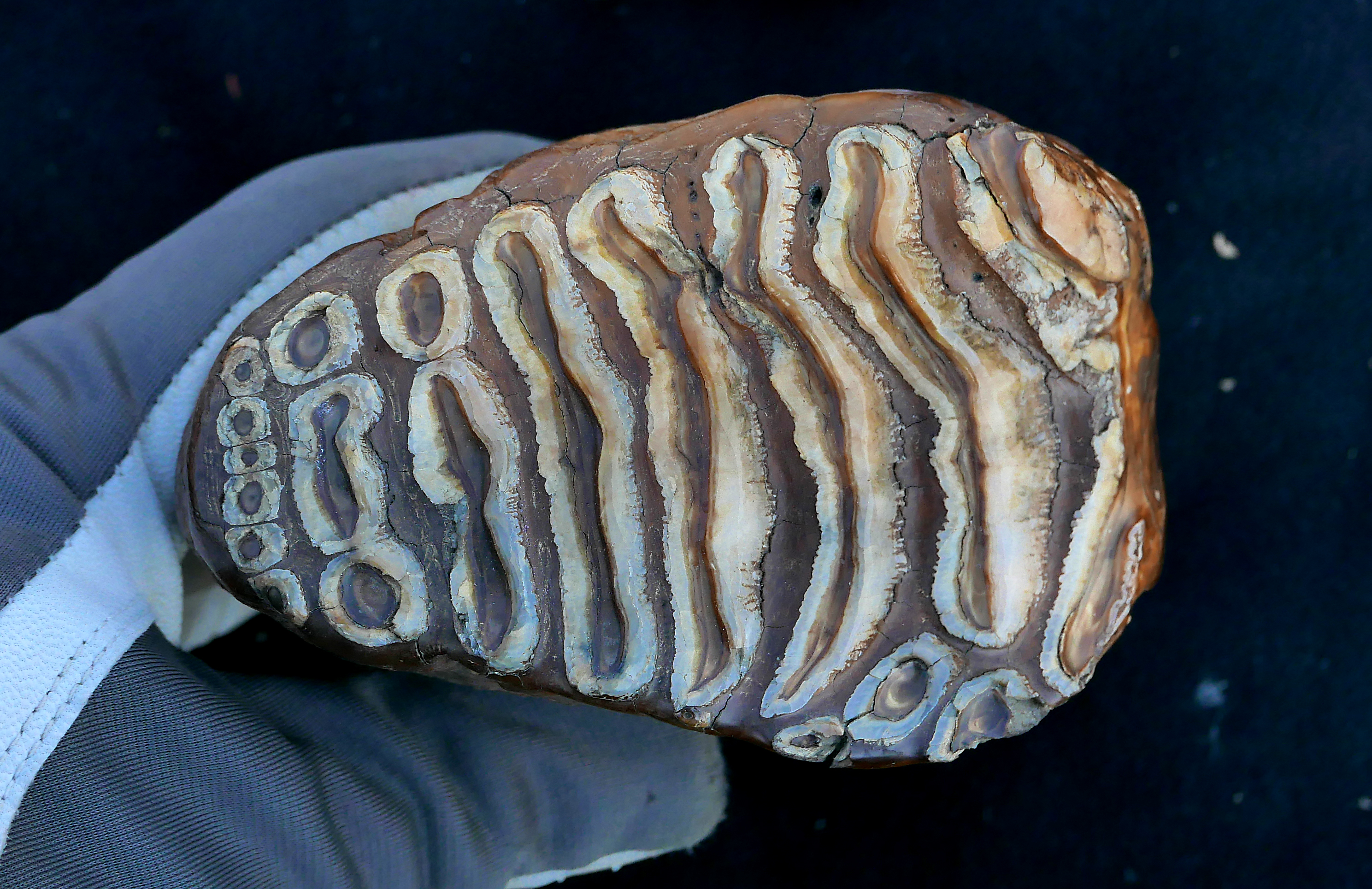From the tooth of a mammoth that roamed Earth more than one million years ago, scientists have pulled traces of the ancient bacteria that once lived inside it. The discovery marks the oldest host-associated microbial DNA ever recovered, offering a rare glimpse into the hidden microorganisms that shaped the lives (and perhaps even the deaths) of these extinct giants.
Scientists at the Centre for Palaeogenetics in Sweden analyzed microbial DNA from 483 mammoth specimens, of which 440 were sequenced for the first time. Their aim was to test whether they could distinguish between the mammoth’s own DNA and the soup of other genetic material left from microbes that invaded their body before and after death.
Using advanced genomic and bioinformatic techniques on samples of their teeth and bones, the team was able to identify 310 microbes belonging to six groups, including relatives of Actinobacillus, Pasteurella, Streptococcus, and Erysipelothrix.
“Imagine holding a million-year-old mammoth tooth. What if I told you it still carries traces of the ancient microbes that lived together with this mammoth? Our results push the study of microbial DNA back beyond a million years, opening up new possibilities to explore how host-associated microbes evolved in parallel with their hosts,” Benjamin Guinet, lead study author and a postdoctoral fellow at the Centre for Palaeogenetics, said in a statement.

A mammoth tooth.
Image credit: Love Dalén
“This work opens a new chapter in understanding the biology of extinct species. Not only can we study the genomes of mammoths themselves, but we can now begin to explore the microbial communities that lived inside them,” added Love Dalén, Professor of Evolutionary Genomics at the Centre for Palaeogenetics.
Some of these microbes weren’t just harmless passengers, but potentially pathogenic germs. The team uncovered a Pasteurella-like bacterium strikingly similar to one that has triggered lethal outbreaks in modern African elephants.
The team also reconstructed partial genomes of Erysipelothrix – a disease-causing bacterium that infects domestic pigs, poultry and other animal species – from the oldest mammoth sample in the study, a 1.1-million-year-old steppe mammoth.
The steppe mammoth (Mammuthus trogontherii) is a species that roamed Northern Eurasia and, later, North America during the Ice Age. It’s an ancestor of the woolly mammoth and Columbian mammoth, all of which have fallen into extinction.
Although modern-day elephants are not directly descended from mammoths, both lineages can be traced back to a shared common ancestor that split into separate evolutionary branches millions of years ago. In this sense, mammoths and elephants have a relationship that’s like long-lost cousins on the great family tree of proboscideans.
The results of this latest study raise the possibility that these extinct Ice Age giants suffered from similar versions of the diseases that continue to haunt their living relatives. Mammoths are long-gone, but perhaps the microbes that influenced their fate still live on.
“As microbes evolve fast, obtaining reliable DNA data across more than a million years was like following a trail that kept rewriting itself. Our findings show that ancient remains can preserve biological insights far beyond the host genome, offering us perspectives on how microbes influenced adaptation, disease, and extinction in Pleistocene ecosystems,” said Tom van der Valk, senior author and researcher at the Centre for Palaeogenetics.
The study is published in the journal Cell.
Source Link: Ancient Bacterial DNA Has Been Recovered From A 1.1-Million-Year-Old Mammoth